-
Máy "Water Softener" Có Công Dụng Như Thế Nào (How It Works?)
-
Cách Tính Toán Chọn Máy (Capacity Calculation - Sizing a system)
BA LOẠI MÁY CHÍNH DÙNG MUỐI
| (1) WATER SOFTENER | (2) WATER SOFTENER+MEDIAGUARD | (3) HYBRID CARBON SOFTENER |
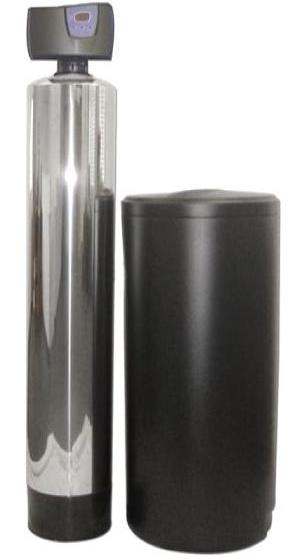 |
 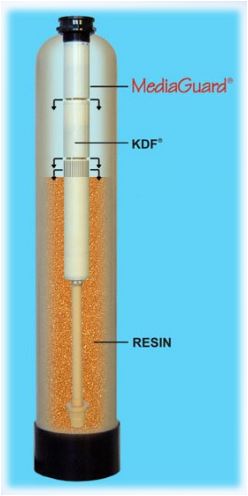
|
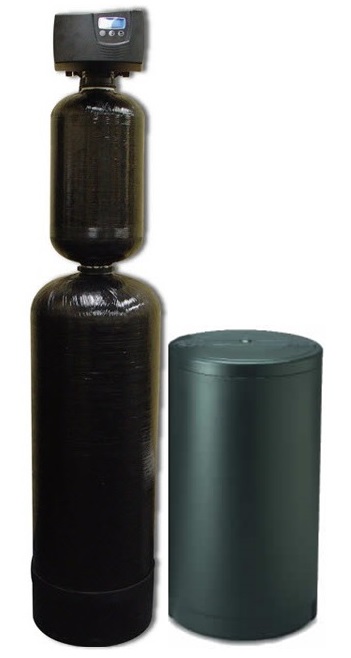 |
|
|
|
Có an tâm khi bạn uống nước và tắm với nước có Chlorine do thành phố bỏ vào? Mời xem clip dưới đây:
oOo
NGOÀI RA, 714WATER CÒN NHIỀU LOẠI MÁY KHÁC, DƯỚI ĐÂY LÀ BẢNG SO SÁNH
| (4) HYBRID-XT | (5) DUAL-MAX | (6) CABINET |
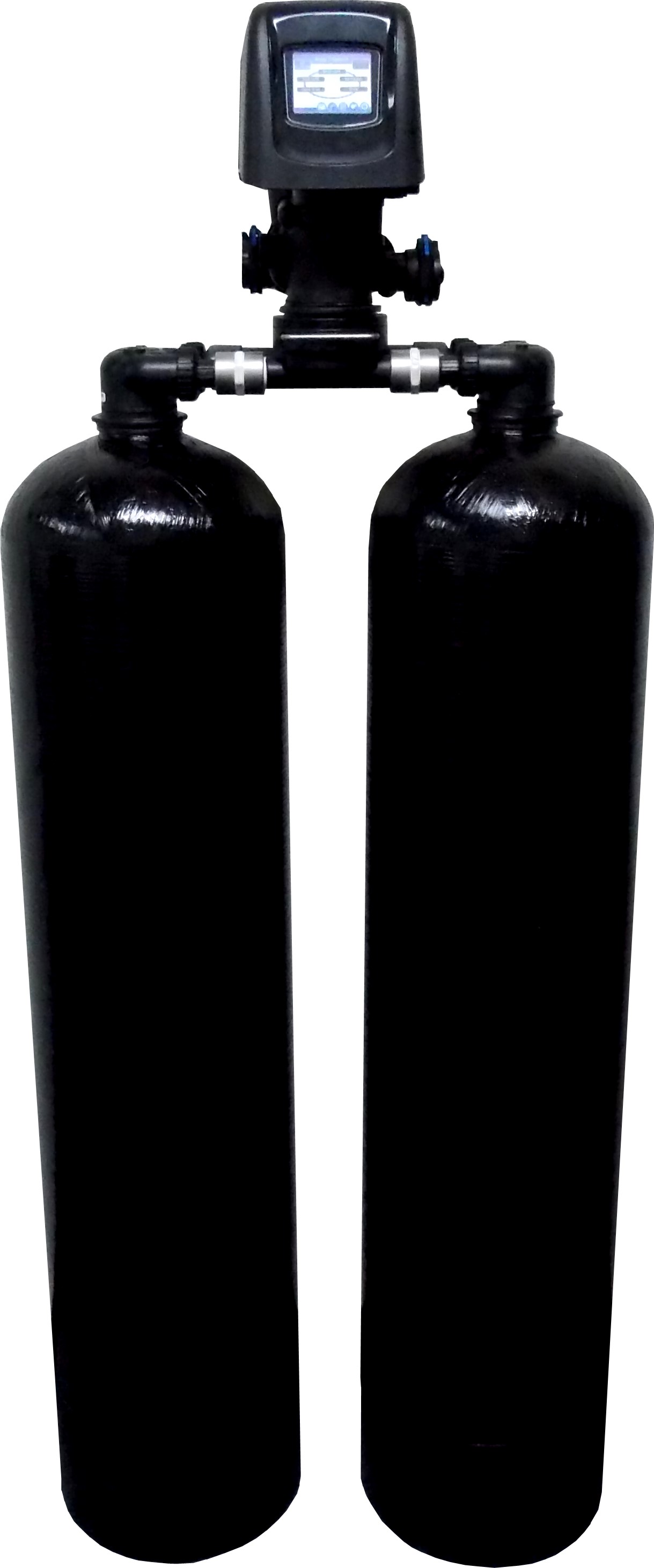 |
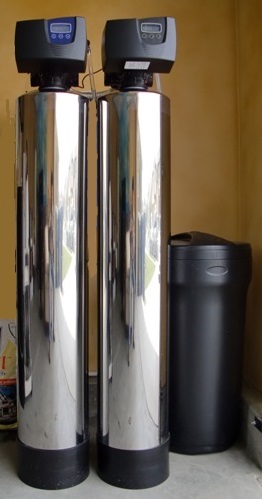 |
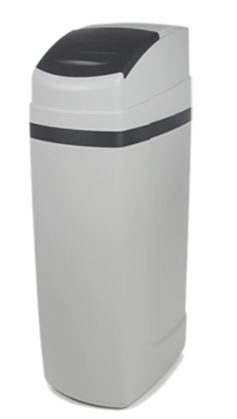 |
|
|
|
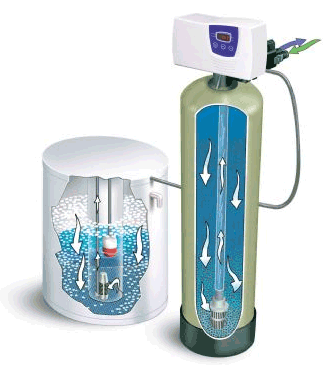
Máy "Water Softener" làm việc như thế nào?
Một máy "water softener" gồm có 4 phần chính:
- Thùng chứa "softening resin" (Resin Tank)
- Hạt "softening resin" (Resin)
- Van điều chỉnh tự động (Automatic Digital Valve or Controller)
- Thùng chứa muối (Brine or Salt Tank)
Hard water flows over resin in the resin tank. Resin is in the form of tiny beads that have a special chemical property. At low concentration of sodium in typical hard water, the resin beads adsorb (combine with them) the hardness of water and replace it with an equivalent amount of sodium in water. As hardness is removed the water becomes "soft". The resin has a fixed capacity of the amount of hardness it can remove. Once that happens the resin can no longer remove the water hardness and the resin is called "saturated" or exhausted.

Fortunately, the same resin when exposed to high sodium chloride (common salt) concentration reverses the process and adsorbs the sodium and releases the hardness. This property is utilized in regenerating the exhausted resin. This is done by temporarily stopping the softening process and exposing the resin to high salt solution from the brine tank. The entire process is controlled by the controller valve which works either on time of regeneration (normally set at 2:00 AM) or by a meter valve inside the controller preset to a calculated amount of water that can be softened before regeneration. After regeneration the controller rinses the resin to remove all salt not adsorbed by the resin. The entire cycle lasts less than 1 hour.
The softening process adds a very small amount of sodium in the water which comes from the exchange process. It is not directly added from the brine tank. For example, water with 10 grain hardness will have a sodium addition of 80 ppm in the water after softening. (part per millions = milligram per Liter)
Sodium added (mg) = Volume of water you drink (L) x Hardness removed (gpg) x 8mg/L/gpg
Ví dụ: Nước có độ "hardness" là 15 grain per gallon, lượng Sodium "Na" (không hẳn là muối) do "water softener" thêm vào trong 2 lít nước sẽ là: 2L x 15gpg x 8mg/L/gpg = 240mg [khoảng chừng như lượng muối (Na) có trong 16oz (0.47L) sữa "whole milk").
#2
